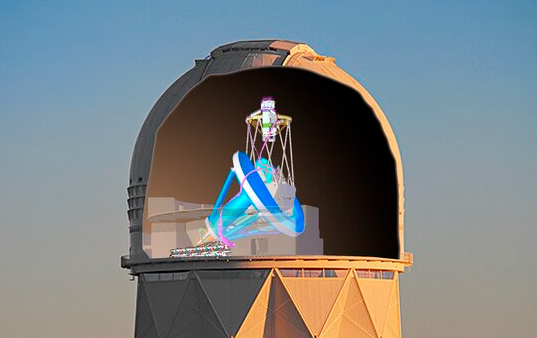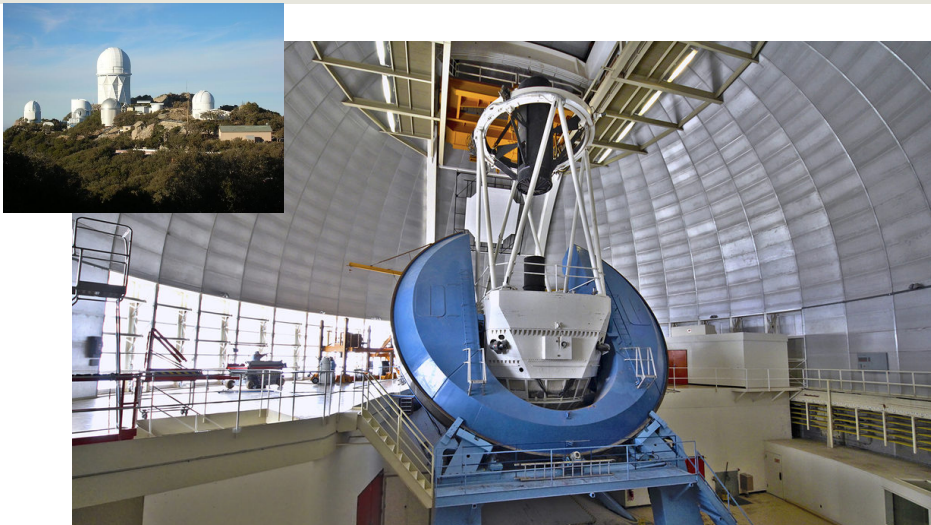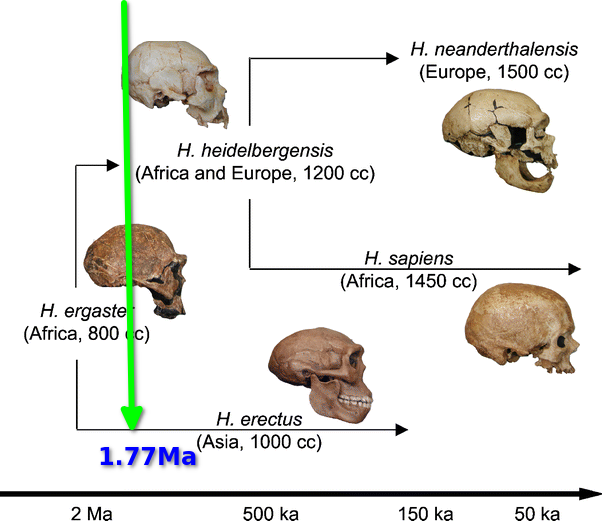The DESI Collaboration (https://en.wikipedia.org/wiki/Dark_Energy_Spectroscopic_Instrument) has released results from its first year of observations.
“The complex analysis used nearly 6 million galaxies and quasars and lets researchers see up to 11 billion years into the past. With just one year of data, DESI has made the most precise overall measurement of the growth of structure, surpassing previous efforts that took decades to make.” According to Dragan Huterer, professor at the University of Michigan and co-lead of DESI’s group.
https://web.ub.edu/en/web/actualitat/w/desi-force-gravity - New DESI results on the force of gravity
The analysis upholds general relativity but hints dark energy may vary over time. The result validates our leading model of the universe. It limits theories of modified gravity like MOND, which have been proposed as alternative ways to explain unexpected observations – including the accelerating expansion of our universe attributed to dark energy.
The standard model of cosmology summarizes our current best knowledge of the Universe. This is based on two well-established pillars of physics. Einstein's General Relativity, which regulates gravitation, and the standard model of particle physics, for all other basic interactions. However, it also relies on three key components — Inflation, Dark matter, and Dark energy that are critical for understanding a wide range of evidence, from the Cosmic Microwave Background to the Universe's Large Scale Structure.
The Dark Energy Spectroscopic Instrument (DESI) measures the effect of dark energy on the universe's expansion. Its completed survey will obtain optical spectra for tens of millions of galaxies and quasars, constructing a 3D map of the nearby universe.
“This is the first time that DESI has looked at the growth of cosmic structure. We’re showing a tremendous new ability to probe modified gravity and improve constraints on dark energy models. And it’s only the tip of the iceberg.”
Additional details on the implications for alternative gravity models in this paper - Ishak et al. (2024), Modified Gravity Constraints from the Full Shape Modeling of Clustering Measurements from DESI 2024 https://arxiv.org/abs/2411.12026
Links to the other original papers are here https://data.desi.lbl.gov/doc/papers/




Ah that what happens when you Google an article which explanes some historical connection to Plato etc but it then uses that to make a completely unrelated point ie woke is bad. I should have read the whole thing before linking it. Looking at the other articles on the site it is indeed mostly right wing propaganda. A better point is Dawnkin's post about Platonic forms here https://www.edge.org/response-detail/25366 in response to the question what scientific idea should be retired in 2014? He points out essentialism is a problem for accepting evolution, and for so many other things.